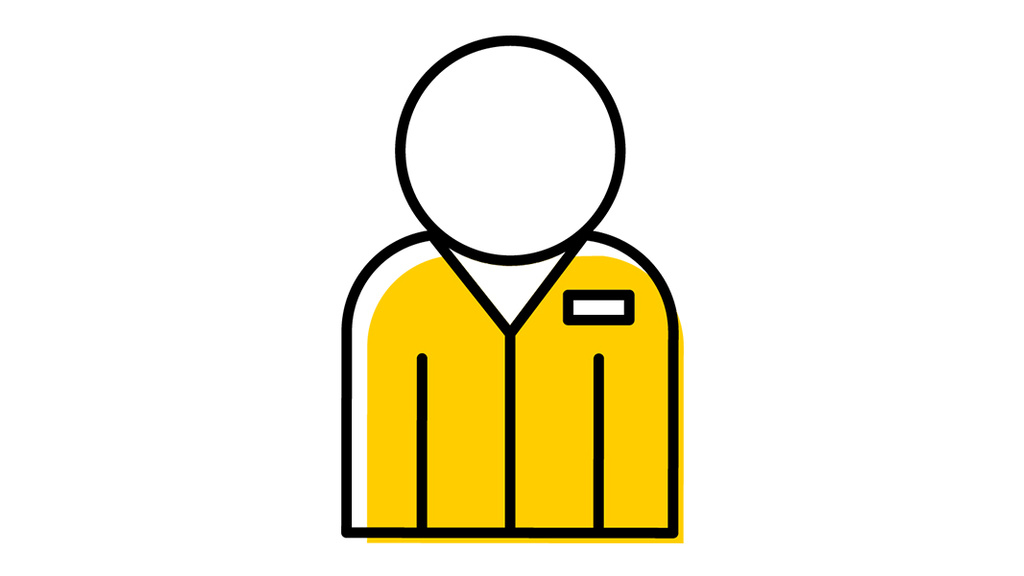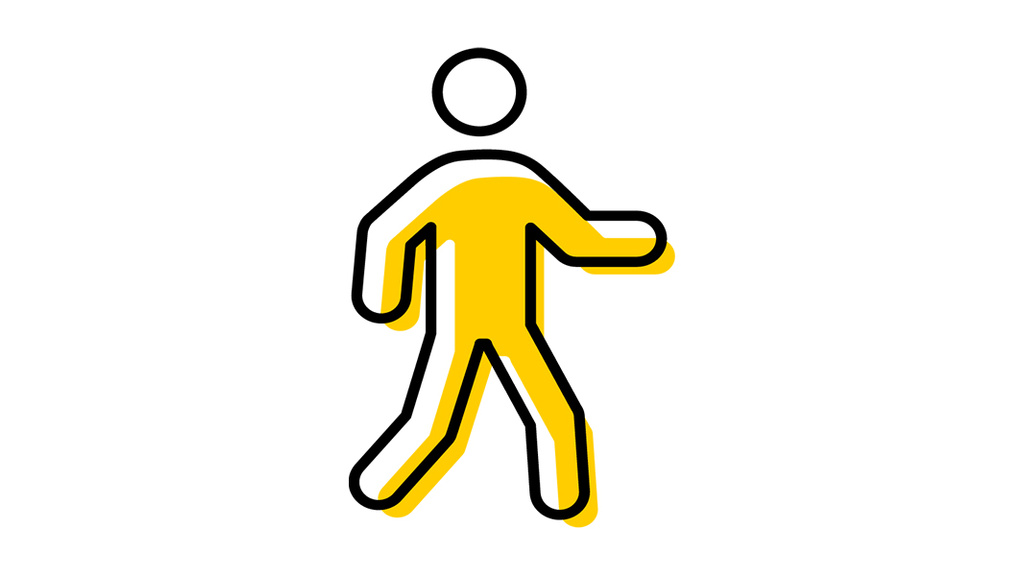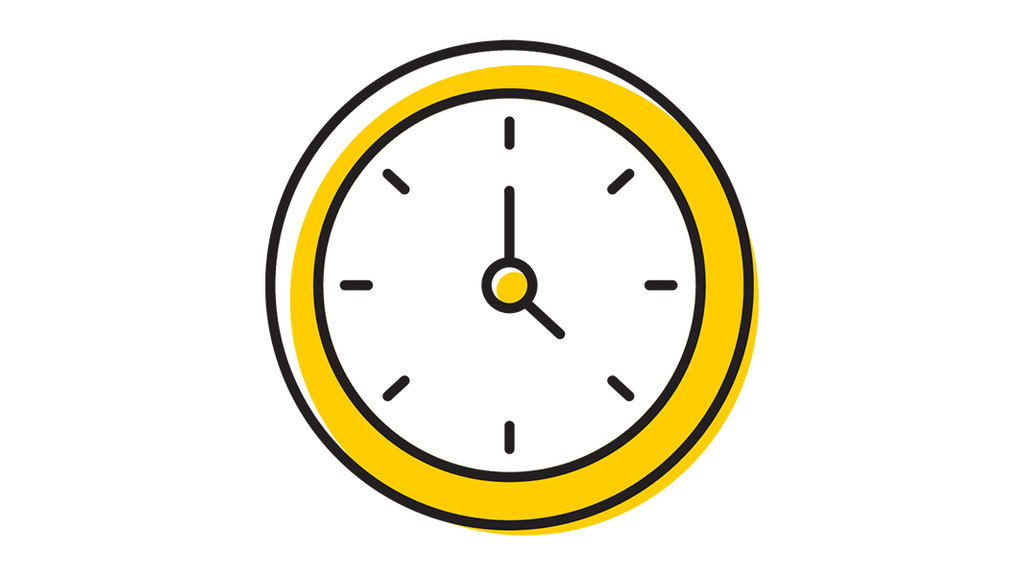Established in 1858, the museum has been free and open to the public for more than 160 years housing specimens, objects, and artifacts on display to support learning, research, and exploration.
The History of the Museum of Natural History
Part One: The Beginning
The Museum of Natural History, the second oldest museum in the United States west of the Mississippi River, was established in 1858 when the Iowa General Assembly directed the University to house specimens from the State Natural History and Geological Surveys in a cabinet of natural history to be located in the Old Capitol building. The directive was in response to a faculty petition requesting funding for specimens and space to support teaching in the natural sciences. The appeal compared Iowa's paucity in such resources to the abundant collections managed by several leading eastern universities in the U.S. as well as the British Museum:
Another source of expense arises in the collection of the various and valuable cabinets of natural history, including agriculture, geological, mineralogical, botanical, paleontological, and zoological cabinets, with collections in science and art, and cabinets of historical relics, and the antiquities of our own and other countries. Our deficiency might be shown by a reference to the collections of Williams, Amherst, and Yale Colleges, to Harvard University, and especially to the magnificent cabinets of the British Museum of London. . . (12/1857)
Out of this wide-ranging request came the legislative resolution establishing the Museum:
Be it enacted by the General Assembly of the State of Iowa, that there be and hereby is appropriated the sum of three thousand dollars for repairing and modifying the building now occupied by the State University of Iowa, and for fitting up one or more rooms thereof for a cabinet to receive the specimens collected and to be collected by the State Geologist. (1858)
The building referenced in the legislative charge was the Old Capitol, the University's only building in 1858.
Part Two: Early Curators
James Hall was appointed State Geologist and professor of Natural History in 1855, the University's first year of operation. In 1858 he was appointed as the first curator of the Cabinet of Natural History but failed to appear when it was time to assume his duties. The University went bankrupt during his 1855 appointment, an event which doubtless influenced his later decision. Theodore S. Parvin succeeded Hall in 1859, serving as Curator of the Cabinet, Professor of Natural History and University Librarian.
The primary emphasis on geological collecting during this early period stemmed from the legislative enactment linking the Cabinet to the activities of the State Geologist—the State Geologist also serving the University as Professor of Natural History. The earliest geological surveys of Iowa were undertaken in approximately 1848 and were concluded by 1872. Three formal surveys were conducted during this period, the first by David Dale Owen, United States Geologist; the second by James Hall; and the third by Charles A. White. That Hall and White served as curators of the Cabinet, and curator Parvin was closely associated with the work of the Iowa Geological Survey, provides context for the early accumulation of geological specimens.
Charles A. White, Parvin's successor as curator in 1871, seized upon Agassiz's "laboratory method" of teaching to enhance his arguments to then University President Thacher for an expansion of the Cabinet's limited collections. Frustrated by what he perceived to be a lack of support, Prof. White left the University in 1873 for a similar position at Bowdoin College, Brunswick, Maine, taking with him many specimens from the Cabinet which he had personally collected or purchased. This action apparently was more effective than his words, as the beleaguered President Thacher subsequently reported to the Board of Regents: "The removal of Dr. White's private cabinet has so far diminished our means of illustrating the several branches of science . . . as to give the hall in which they are kept a melancholy look of poverty. To say nothing of the very great need of a large supply of these means for the instruction of our classes, mere respectability demands at least that our now empty showcases be quickly filled again with valuable specimens."
Charles White was succeeded by Samuel Calvin, who was hired in 1873 as Acting Professor of Natural Science and Curator of the Cabinet of Natural History. The following year he was appointed full professor and given responsibility for instruction in geology, zoology, botany, and physiology.
As teacher and curator, Calvin also noted the shortcomings of the Cabinet of Natural History. In a notably succinct statement, he reported to the Board of Regents in 1875: "The pressing wants of this chair of Natural Science may be briefly summarized in two words: more specimens." Specifically, Calvin requested of the Board a total of $2,000 for support of his instruction in the natural sciences. This included $600 to be spent over two years for mounted specimens of birds and mammals, and $1,000 for purchase of fossils typical of localities beyond Iowa. His objective, like predecessors Parvin and White, was to expand the collections to a size to which they could effectively illustrate and support his lectures. Calvin's request was granted.
Part Three: Charles Nutting and the Expeditionary Period
Charles C. Nutting, who had come to the University as a graduate student under Calvin, was appointed curator of the Cabinet of Natural History and Instructor of Natural Science in 1886. He served as curator of the Museum (renamed in 1887 from the earlier "Cabinet") for the next 41 years. With Samuel Calvin and Thomas Macbride, Nutting was part of the "great triumvirate" of University of Iowa naturalists who explored the entire realm of natural science. His primary research interest was in the taxonomy and geographic distribution of animals. In 1889 he was named head of the newly organized Department of Systematic Zoology.
Nutting's investigations, unusual for a scientist of that time in land-bound Iowa, were primarily directed to marine biology. He published extensively for both the University and Smithsonian Institution on marine hydroids. In all, Nutting described 124 new species, and produced a beautifully illustrated three-volume monograph on American hydroids, a classic of its kind.
The Museum also received its first significant donations of birds and mammal specimens under the curatorial stewardship of Nutting. In 1886 both William Temple Hornaday and Dr. Asa Horr donated their personal collections.
One of the most significant private collections secured by Nutting was that of Daniel H. Talbot.
Expeditionary work was the basis for Charles Nutting's scientific reputation. For over 30 years he organized, directed, and participated in a series of University expeditions which collected specimens for support of his taxonomic research as well as public display.
Nutting recognized the value of an interested public's attention to and support of his work. The Museum of Natural History served not only as a repository but also as a public window to scientific research. Shrewdly, Nutting gave equal attention to the development of popular exhibits. By 1894 Nutting's exhibits—systematic series of specimens crowded together in glass-topped cases—were a popular campus attraction: "We as students of the University are very justly proud of our Museum, and when friends come to visit us that is one of the first places to which we think of taking them." (Vidette Reporter, 4/7/1894)
To obtain specimens for both research and museum display, Prof. Nutting organized University expeditions to the Bay of Fundy (1890), Manitoba (1891), the Bahama and Dry Tortugas Islands (1893), Hawaii (1902), Laysan Island (1911), Barbados and Antigua (1918), and New Zealand and the Fiji Islands (1922). After returning from each of his major expeditions, Charles Nutting gave public lectures. He was an interesting, convincing speaker, and his enthusiasm and personal anecdotes attracted a full house for five successive weeks following the Barbados-Antigua Expedition in 1918. He wrote his expedition journals in a popular style, filled with vivid accounts of exotic animals, lands, and cultures.
Of the various expeditions initiated during Nutting's tenure, the 1893 Bahama-Dry Tortugas Islands expedition led by Nutting, Frank Russell's one-man expedition to the Canadian Arctic in 1892-94, and the 1911 Laysan Island expedition headed by Homer Dill have been particularly well-documented.
Part Four: Housing the Expanding Museum
The Museum of Natural History collections swelled with these and other additions, and Nutting became the driving force behind efforts to construct a large new museum. The Museum had earlier been moved from the Old Capitol to the newly-completed Science (now Calvin) Hall in 1885. However, by 1895 the burgeoning collections dictated that an even larger building be constructed. Nutting was a tireless advocate of a new facility that would also house the classrooms and laboratories of the Natural Science Department--inclusive of botany, geology, and zoology.
More than any other individual at the University, Nutting was responsible for the construction of the Natural Sciences Building (now Macbride Hall). He enlisted the aid of prominent scientists throughout the country to help persuade the Regents of the need for a fireproof, modern structure, " . . . a beautiful building with a museum in its center." One such scientist was Professor G. R. Wieland of Yale University who examined fossil cycads collected by Thomas Macbride. Wieland subsequently wrote to Iowa Governor Shaw:
". . . this collection . . . represents material that is not only of priceless value, but is unsurpassed in excellence by that in any museum in the world. It is, therefore, a matter of deep regret to me . . . to find these plants are not kept in a fire proof building, much less in a place where their beauty can be seen to advantage . . . No matter of insurance could ever repay the people of Iowa or science for their loss." (Vidette Reporter, 4/16/1901)
The Daily Iowan (renamed from the earlier Vidette Reporter) gave its direct voice to the condition of the Museum and the need for better housing:
"Few realize what a wealth of valuable material we possess since the crowded floor space entirely prohibits proper exhibition of many of our finest specimens. Who knows, for instance, that we own a beautiful series of seal from the Alaskan waters and of walrus taken by Peary in Greenland? How many students aside from those who are admitted to study it, are aware that we have the skeleton of a large whale stored in the darkness of an attic along with thousands of other specimens? Small wonder that the extent of our collections is not appreciated when they are packed away in odd corners, exposed to constant danger from fire and mold. In time when this part of the University is properly housed, the people may know what our museum is." (Daily Iowan, 11/25/1903)
Approval for a new fire-proof Natural Sciences Building was eventually secured at the January 8, 1904, meeting of the Board of Regents.
During his later years, Charles Nutting also witnessed the progressive deemphasis of museum-based studies in the taxonomy and geographic distribution of animals. By 1926, the research pendulum at the University of Iowa and many other institutions had swung decisively from systematics to experimental studies driven by new interests in genetics and physiology. Prof. Nutting died in 1927, bitter and disillusioned.
In 1934 the Natural Science Building was renamed Macbride Hall.
Part Five: Homer Dill--An Emphasis on Exhibition
Homer R. Dill, who joined the Museum staff in 1906 as taxidermist and assistant professor of zoology, succeeded Nutting in 1926. While still serving under Nutting, Dill established himself as a capable leader by heading the collecting trips to Hawaii (1911 and 1920), Louisiana (1918), Washington (1919 and 1920), Wyoming (1921), Florida (1921), Colorado (1923), and Mexico (1924). With the exception of the 1911 Laysan Island expedition which resulted in scientific journal descriptions, these trips were organized solely to gather specimens for public display. Dill and his students expertly prepared the specimens in his "Taxidermy and Plastic Art" laboratory. The resulting dioramas, complete with foreground accessories and mural backdrops, were a significant departure from the Museum's earlier curatorial style displays with its uninspiring rows of mounted specimens on polished wooden bases. Dill received much acclaim for his taxidermy and exhibit work.
The hallmark exhibit of Professor Dill's tenure was the superb Laysan Island Cyclorama--probably still the best known of the Museum's ornithological exhibits.
Homer Dill was chosen by Nutting to head the Laysan Island expedition, from which a total of 398 birds representing 23 species were collected. Of these, five species were endemic to the island—found nowhere else in the world. Professor Dill later directed the preparation of the unique exhibit. The mounting of the 106 birds and installation of the cyclorama foreground required nearly three years. Charles A. Corwin, a noted muralist at the Field Museum in Chicago, accompanied the expedition under an agreement that the Field Museum would be provided with a complete series of Laysan bird skins in exchange for his services. Corwin's exhibit mural, based on field sketches he made on the island, is 138 feet long and twelve feet high. When the display was completed in 1914, it was among the first museum exhibits anywhere to depict either birds or mammals in a cycloramic presentation of their natural habitat. It is recognized today by museum historians as a milestone in the evolution of the dioramic display concept.
Reflecting a 20th-century trend in other American museums of natural history, several of Prof. Dill's later museum expeditions can more accurately be described as hunting trips, funded by private benefactors with interests keyed more to the pursuit of trophy animals than science. By 1927—the severance of the Museum from the Department of Zoology and the death of Professor Nutting—even this level of collecting had largely ceased.
After the 1920s, the Museum's collecting sphere was also appropriately reduced from the cosmopolitan venue of Nutting's tenure. Prof. Dill and curator Walter C. Thietje, who had joined the museum staff in 1929 as Dill's assistant, spent the greater portion of their careers collecting North American birds and mammals, mounting them in systematic series and in several habitat groupings. Professor Thietje was placed in charge of the Museum in 1949 upon Dill's retirement. Walter Thietje continued the ornithological collecting of Dill until his retirement in 1971, and his work essentially completed the Museum's North American taxonomic display series.


